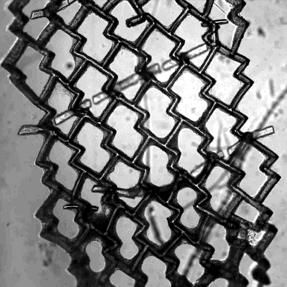
•SQSTM1/p62 is ubiquitylated by TRIM21 at K7 via K63-linkage •p62 K7 ubiquitylation prevents its dimerization and sequestration •TRIM21 negatively regulates Keap1 sequestration and anti-oxidative response •TRIM21 null liver and heart are protected from oxidative tissue damage
Protein (p62), which is supposed to act as an antioxidant to prevent cell damage, was found not work efficiently in laboratory mice with liver and heart disease that mimicked these conditions in humans. This caused oxidative stress and allowed the release of harmful molecules, called free radicals, which resulted in serious illness. One of the body’s first lines of defense, the cells antioxidant response system is supposed to prevent these harmful invaders from causing a domino effect and damaging other cells.
Read More






Recent Comments